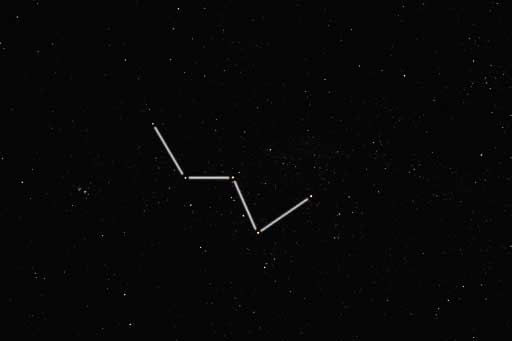2. Picture E represents a _____________________.
3. Picture H represents a _____________________.
4. Picture J represents a _____________________.
5. Picture I represents a _____________________.
6. Picture D represents a _____________________.
At the end of its life-cycle, a high mass star sometimes leaves behind...
A light-year is a measure of distance.
Protons have a positive charge.
Ms. Lindgren will show you a picture of the life cycle of stars. Use...
One characteristic of stars that scientists look is LUMINOSITY. What...
An astronomer uses a telescope to look at a star. She observes that...
Which of the following occurs throughout most of a star's...
If you live in the Northern Hemisphere, Polaris is visible all year...
A star that is 1000 s.r. in size is known as a supergiant.
Stars are composed mainly of:
For a standard H-R diagram, what are the stars in the lower left...
What makes something a star, and not a brown dwarf?
Dillon examined several photos of stars. Looking at the color of the...
The zodiac constellations Leo and Gemini are found on the ecliptic.
Astrology is a science, but Astronomy is considered pseudo-science.
The circled star is:
What type of star is the sun?
In general, as a stars mass increases, so does it's luminosity
A low mass star will never become a neutron star.
Betelgeuse is a supergiant, and is therefore, not on the main...
What constellation is this?
If all the stars in a constellation had the same absolute magnitude,...
If you wanted to see the constellation rising, you would look to the...
Astronomers measure the diameter of stars using what unit?
Three or more stars that are bound by gravity are called
Which of the following is the correct spreadsheet formula to get the...
Stars on the upper left end of the main sequence differ from those on...
Neutrons have a negative charge.
Check ALL the boxes that apply!
...
The circled star is:
Which of the following stars has the greatest magnitude?
Check ALL the boxes that apply!
...
















